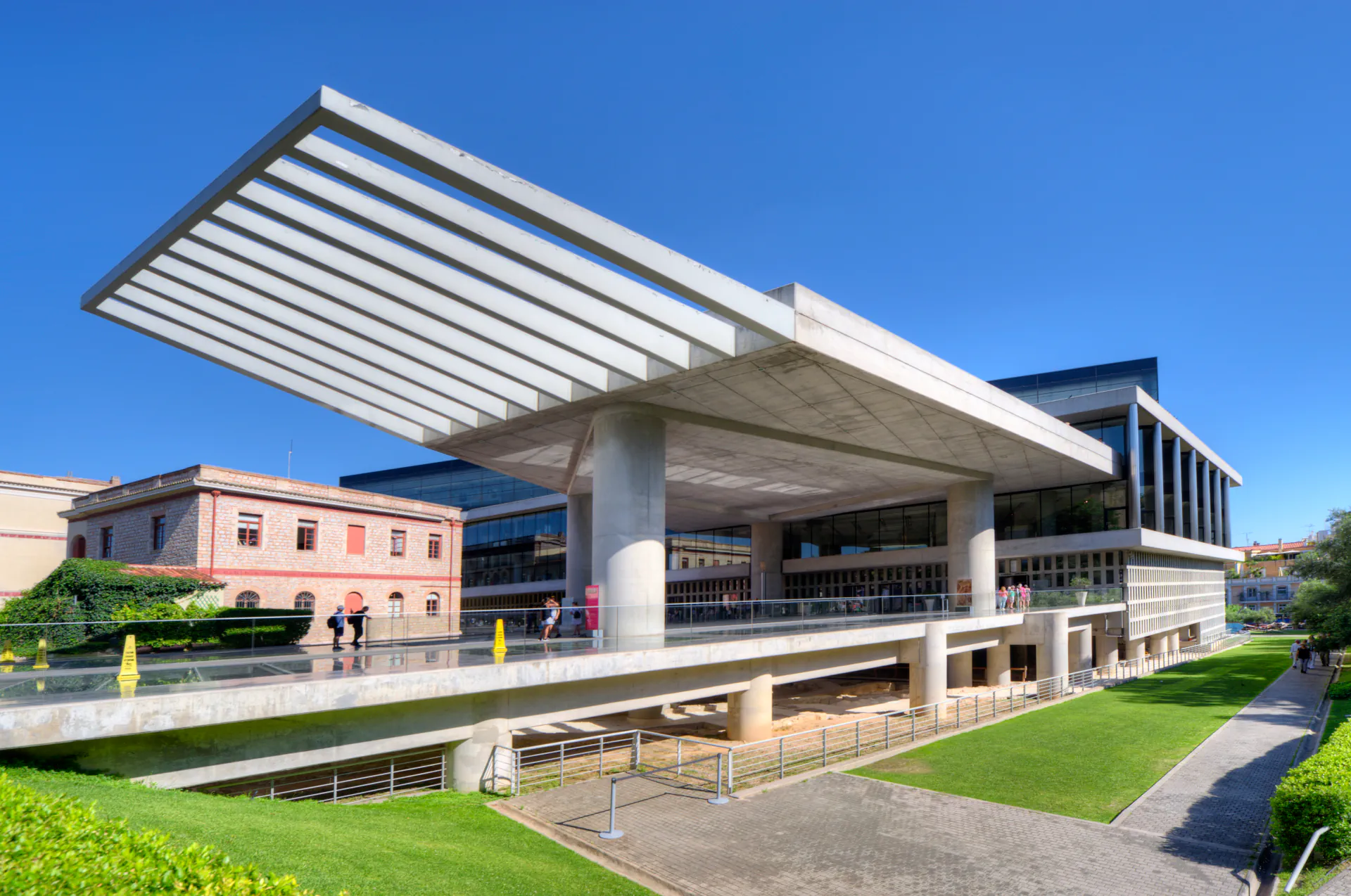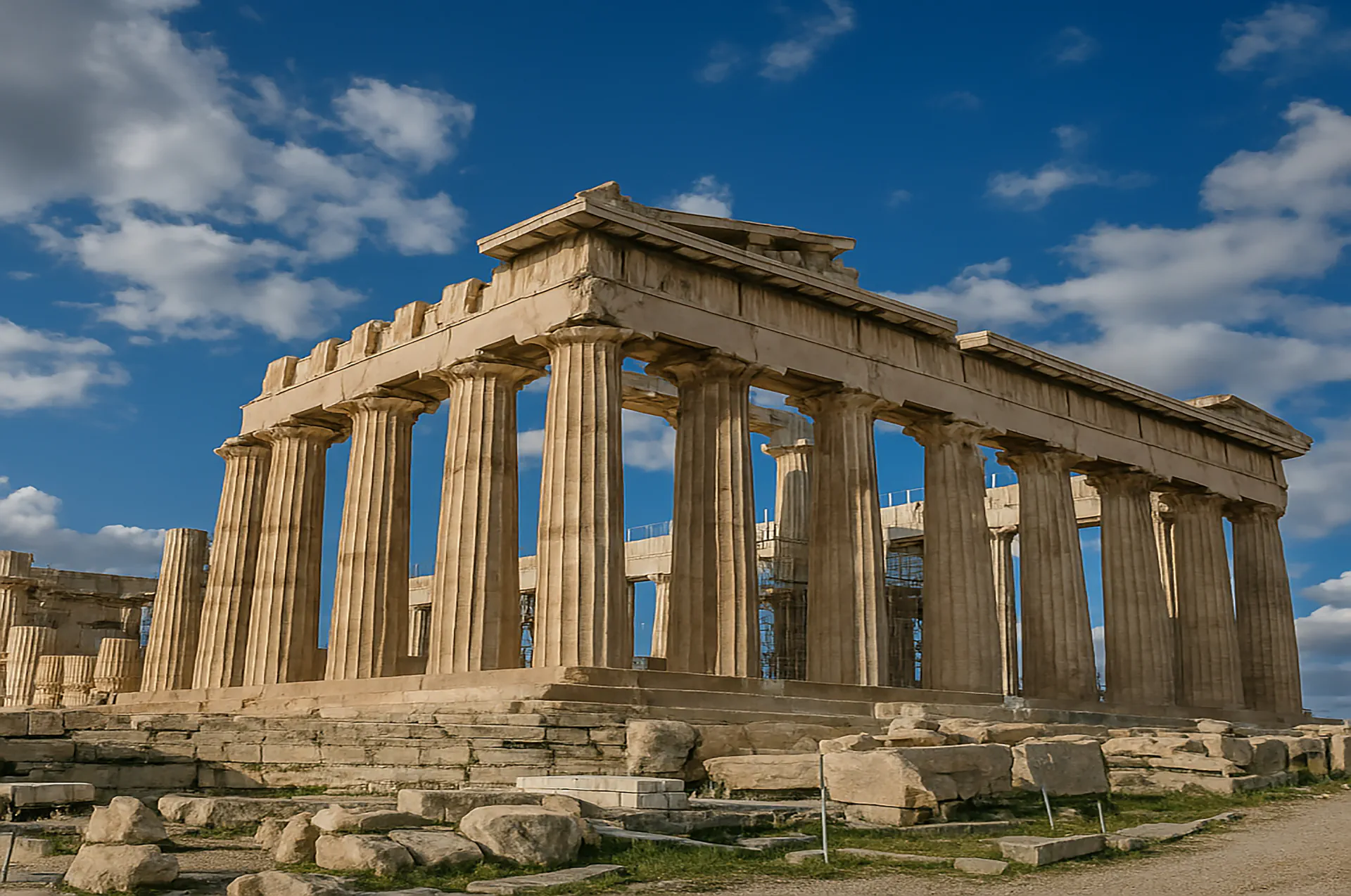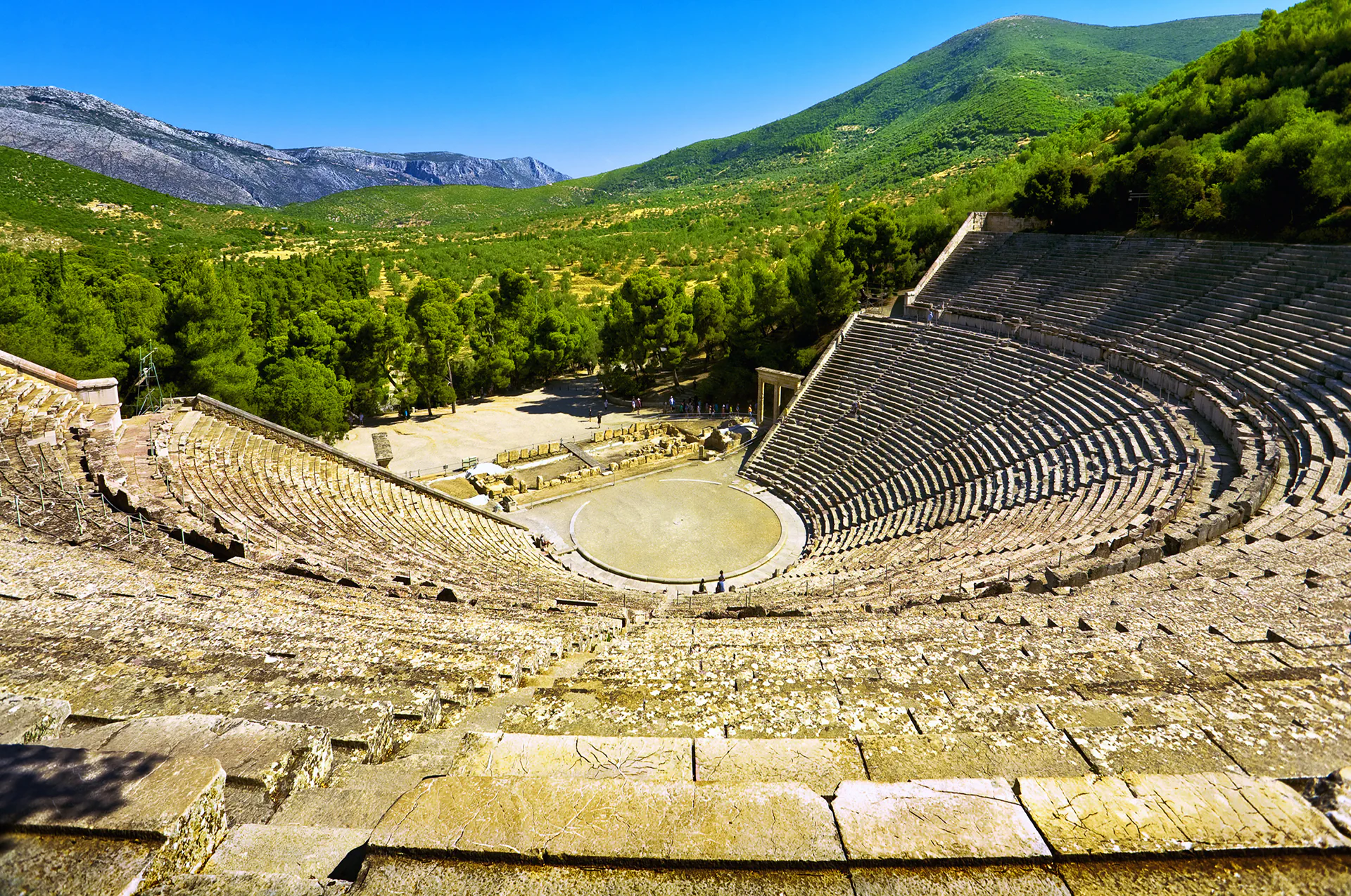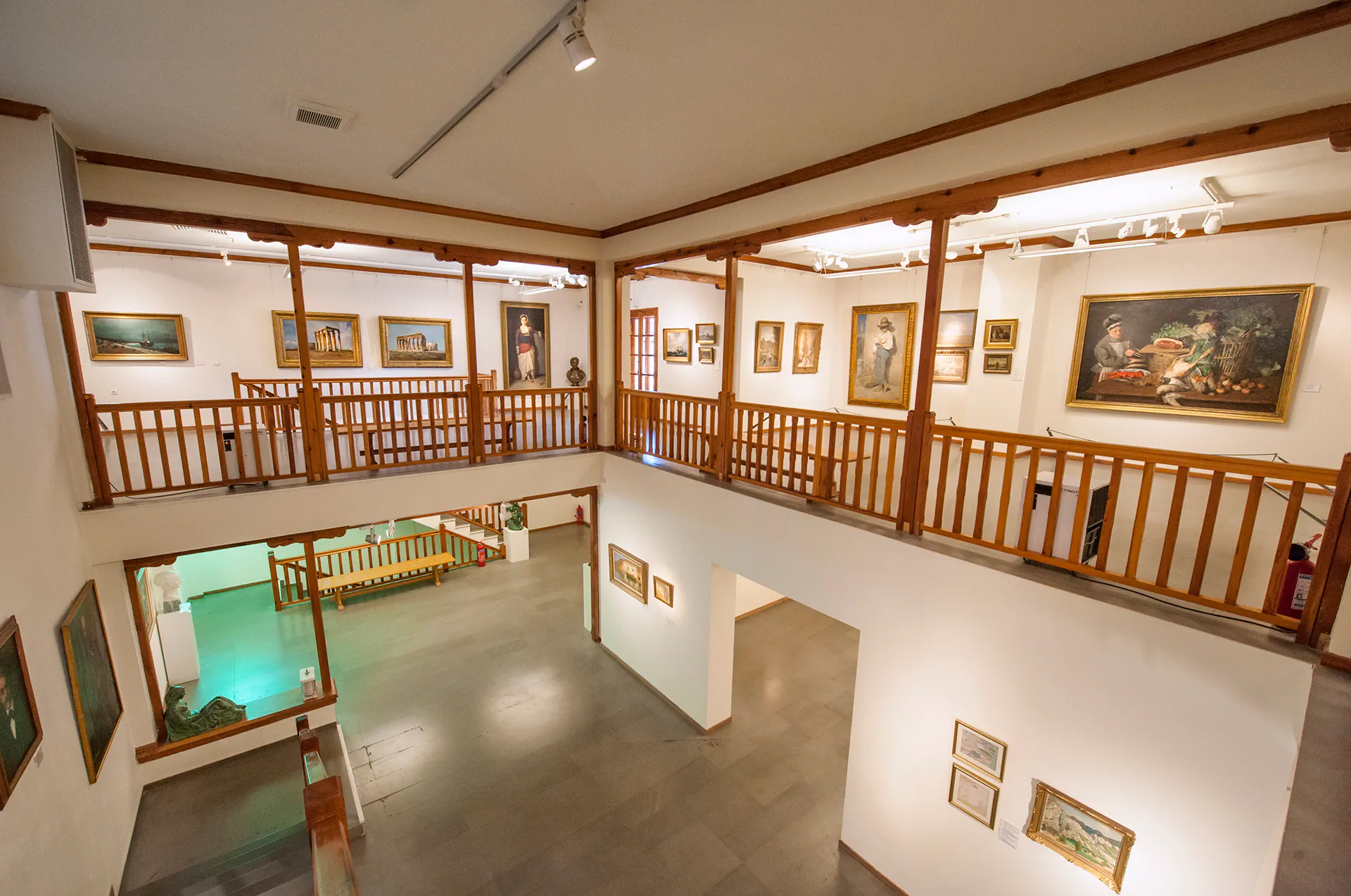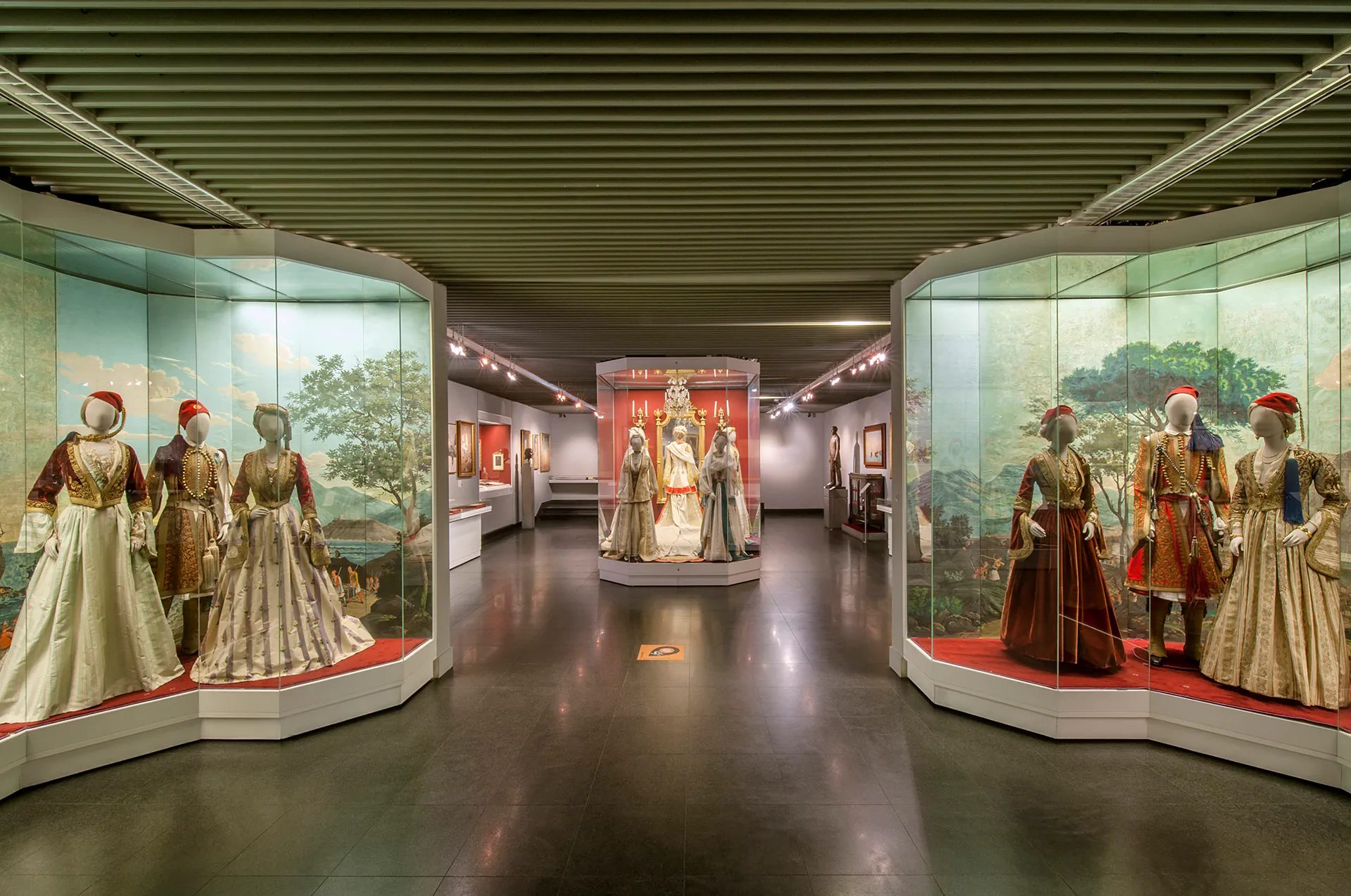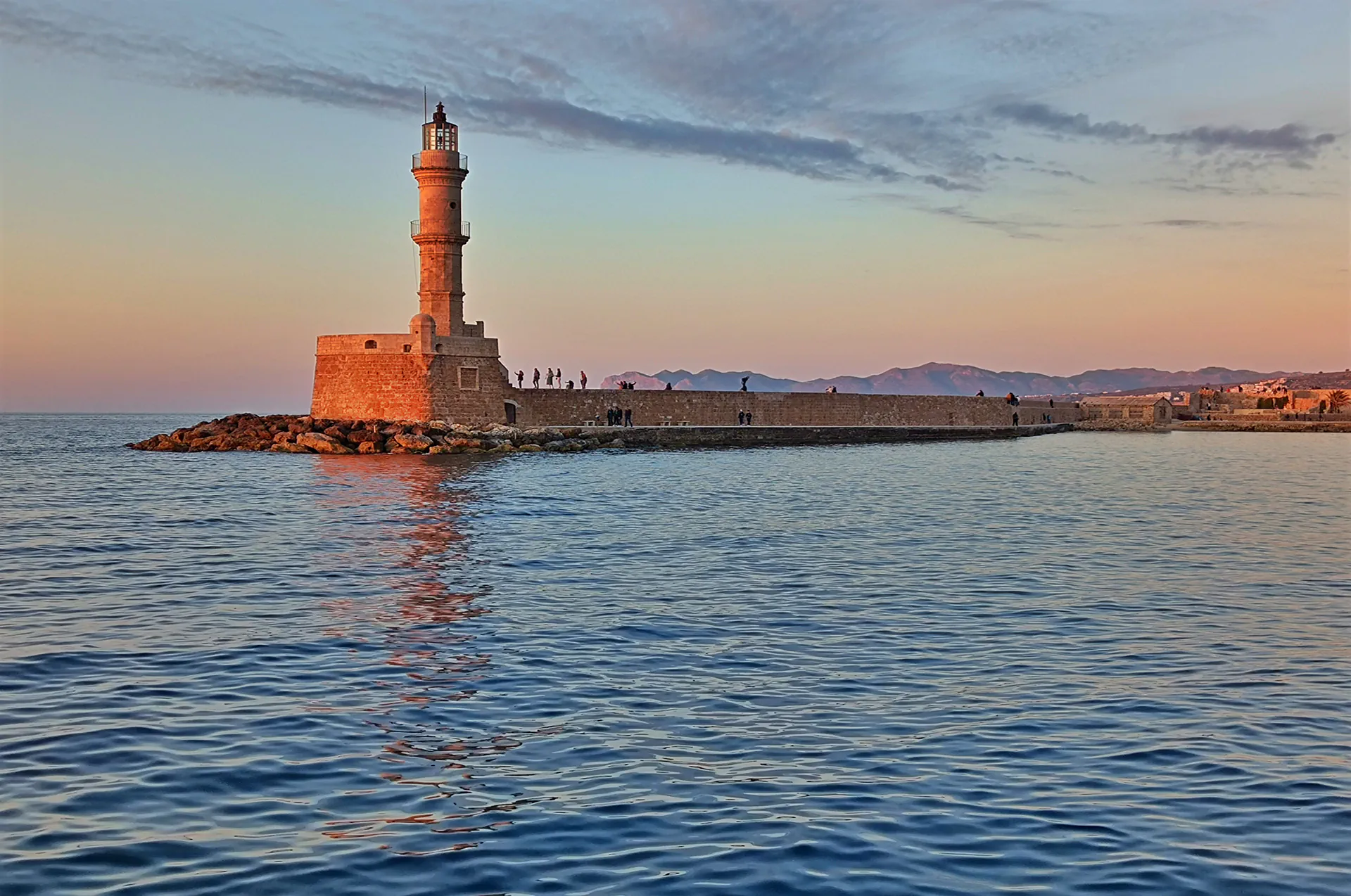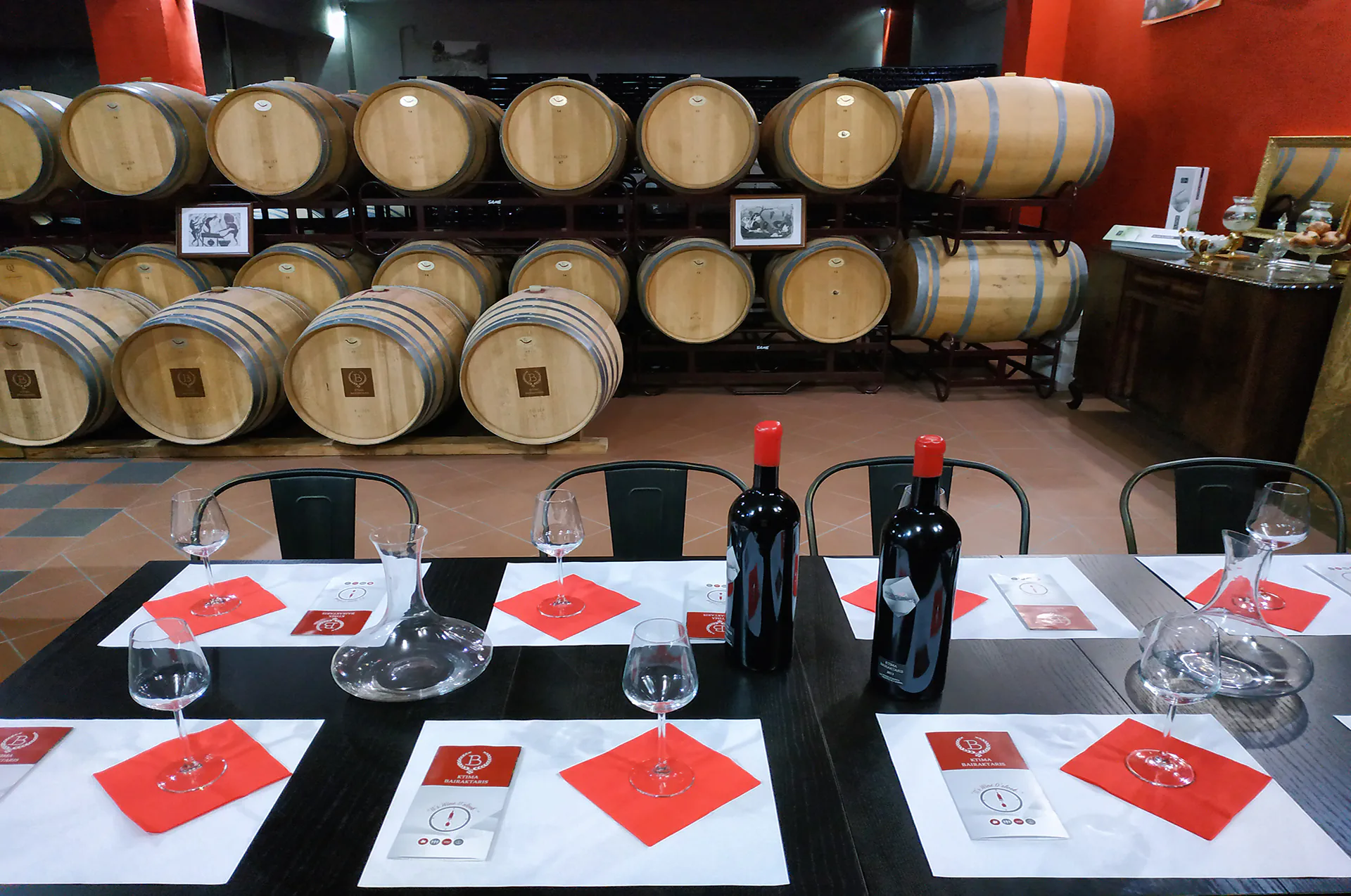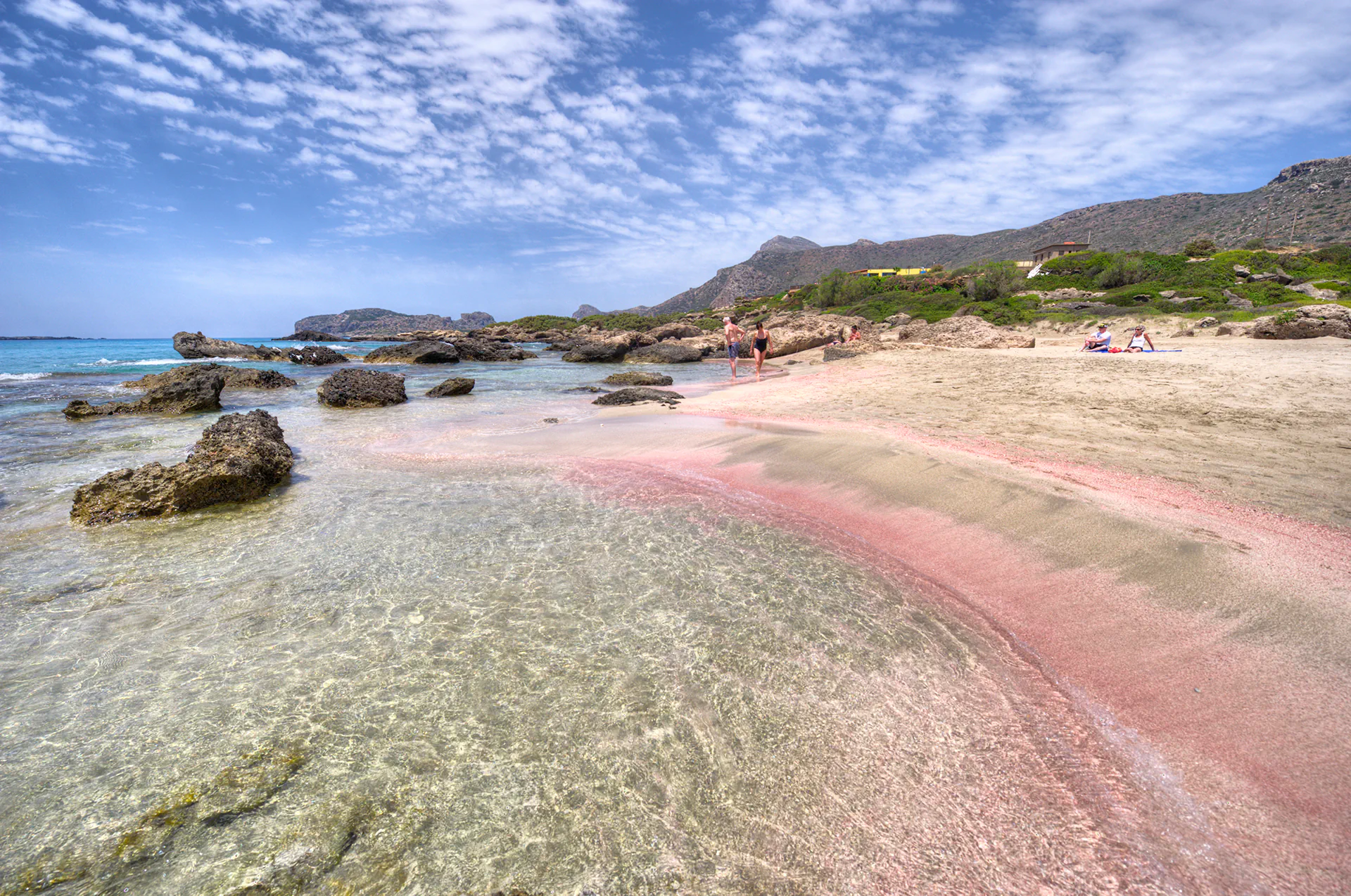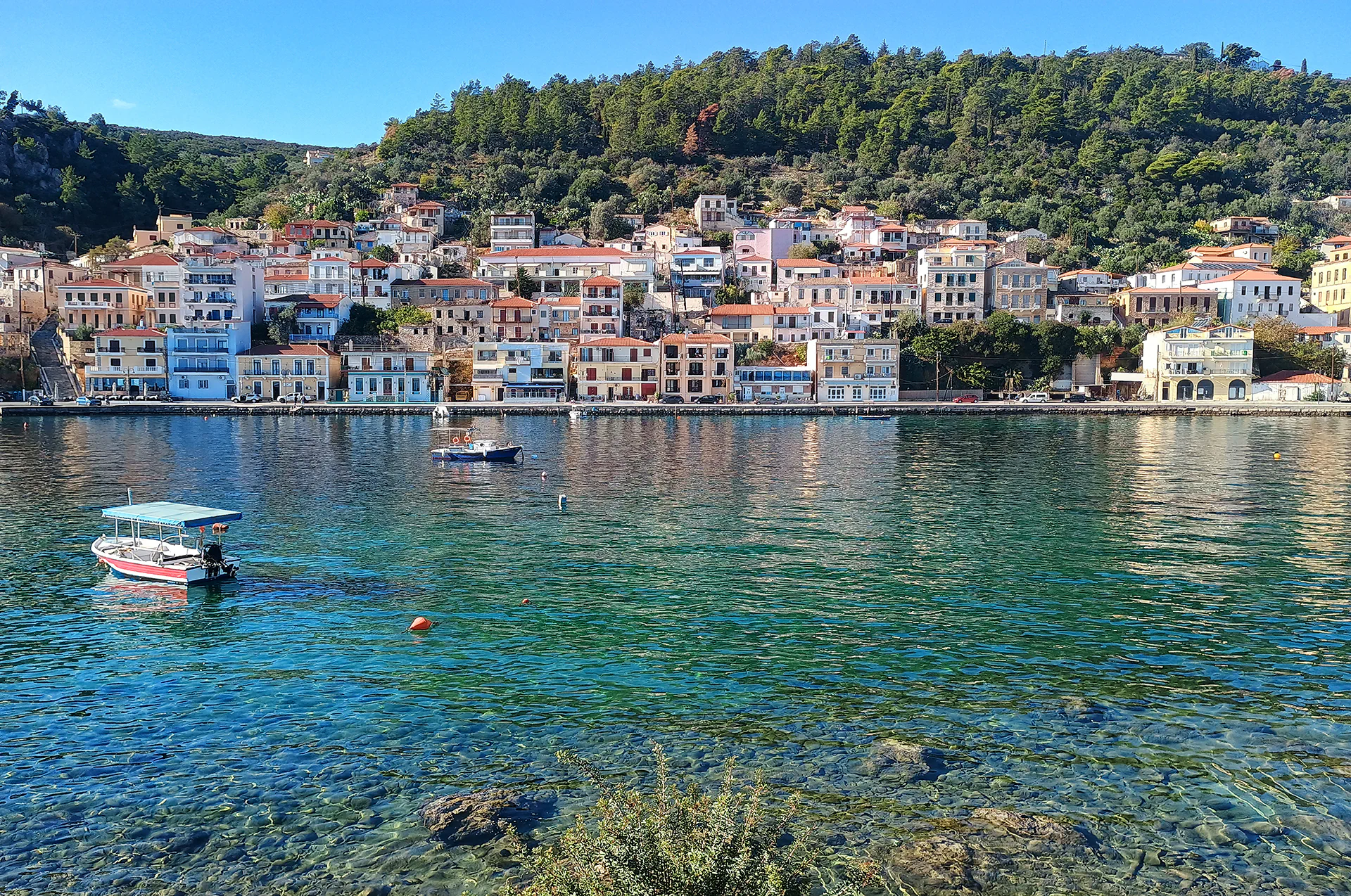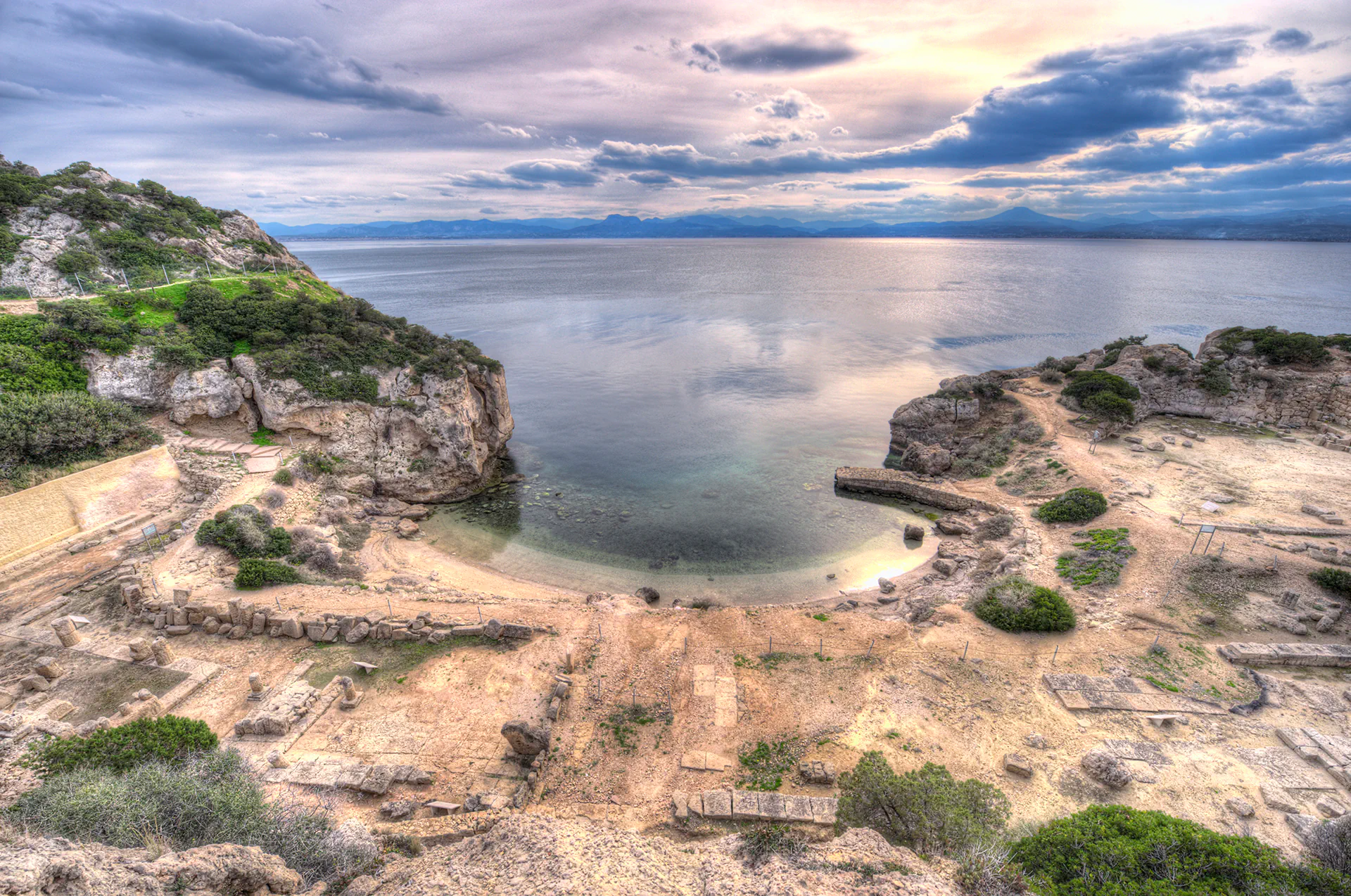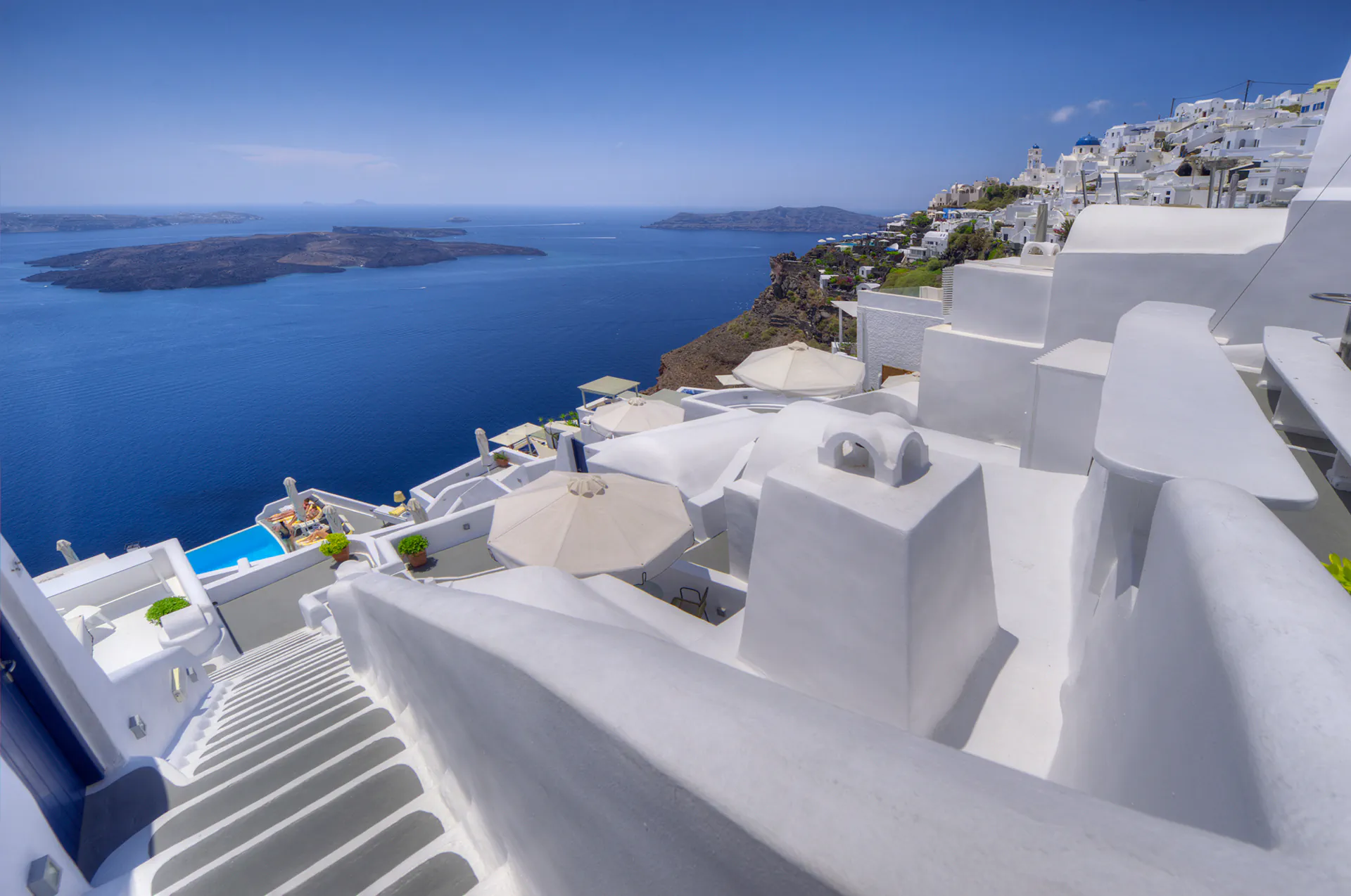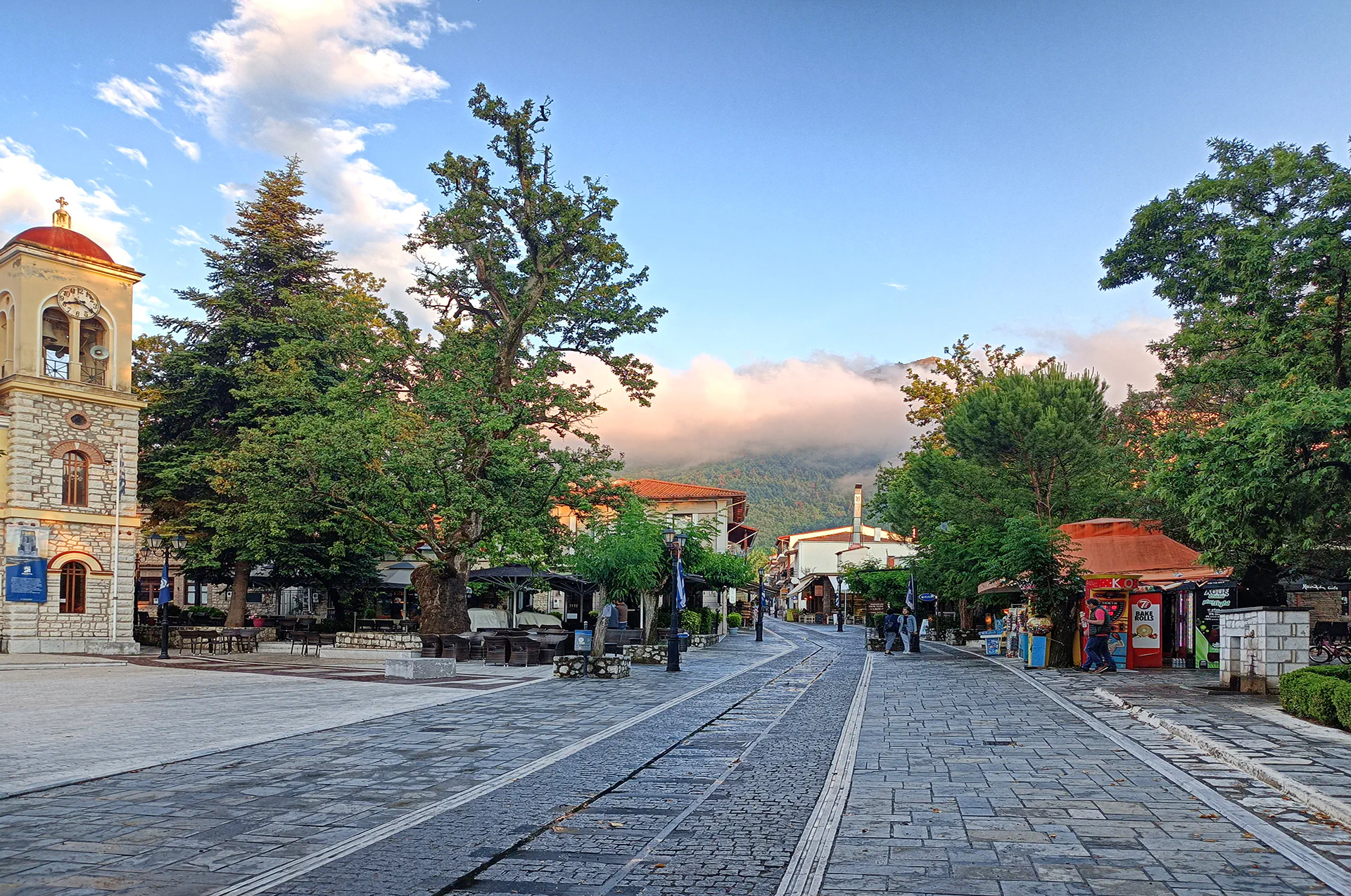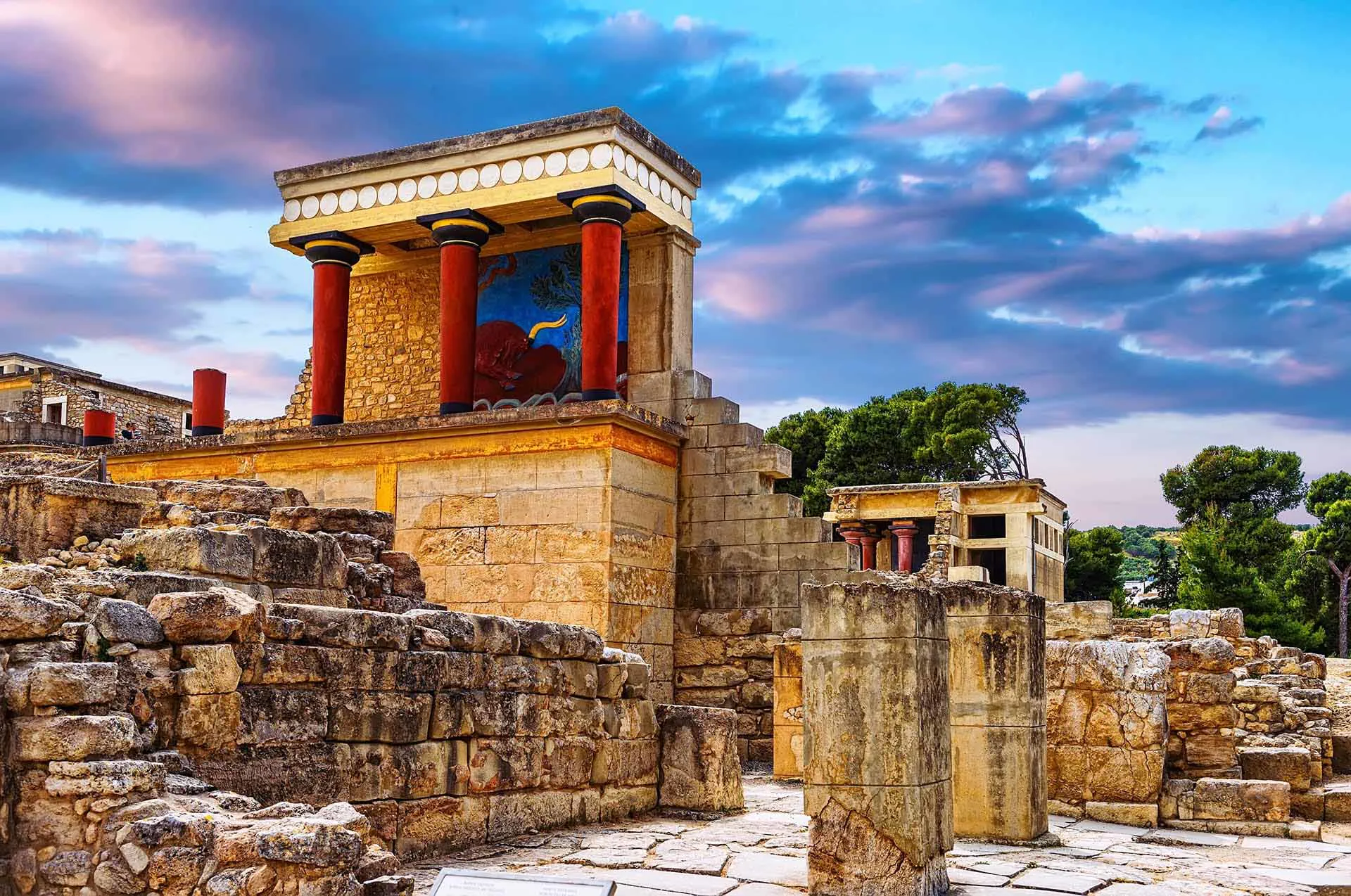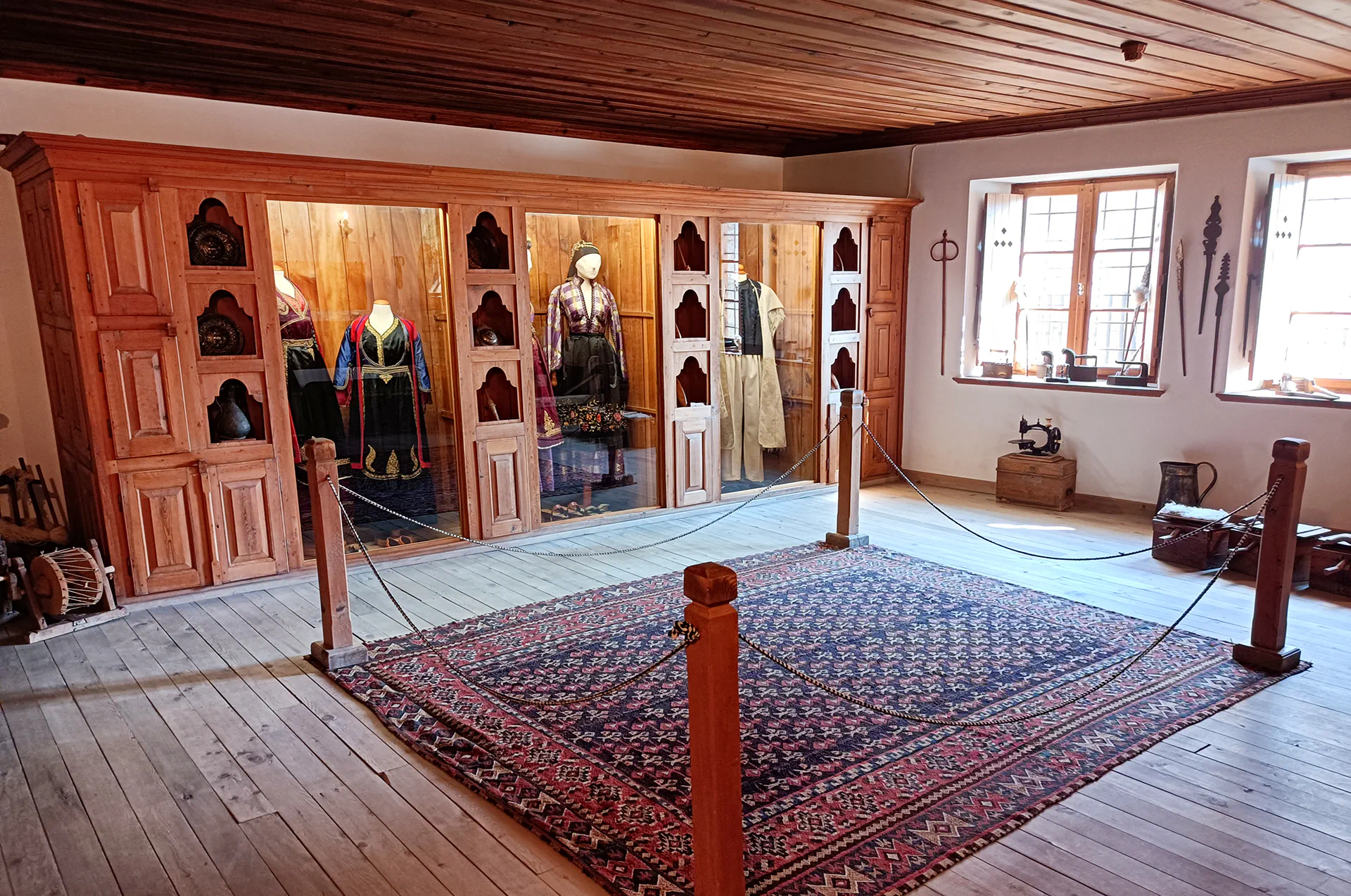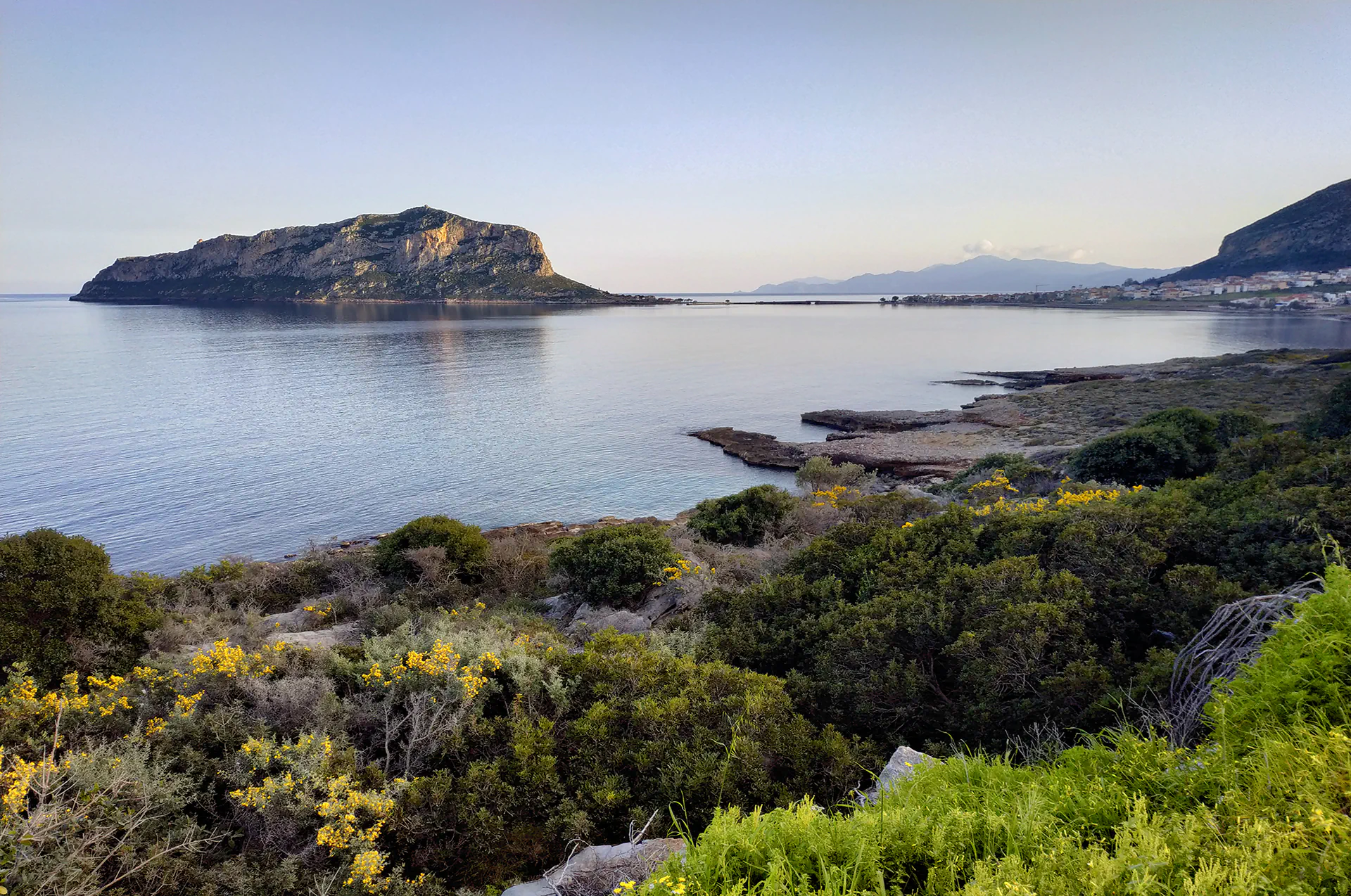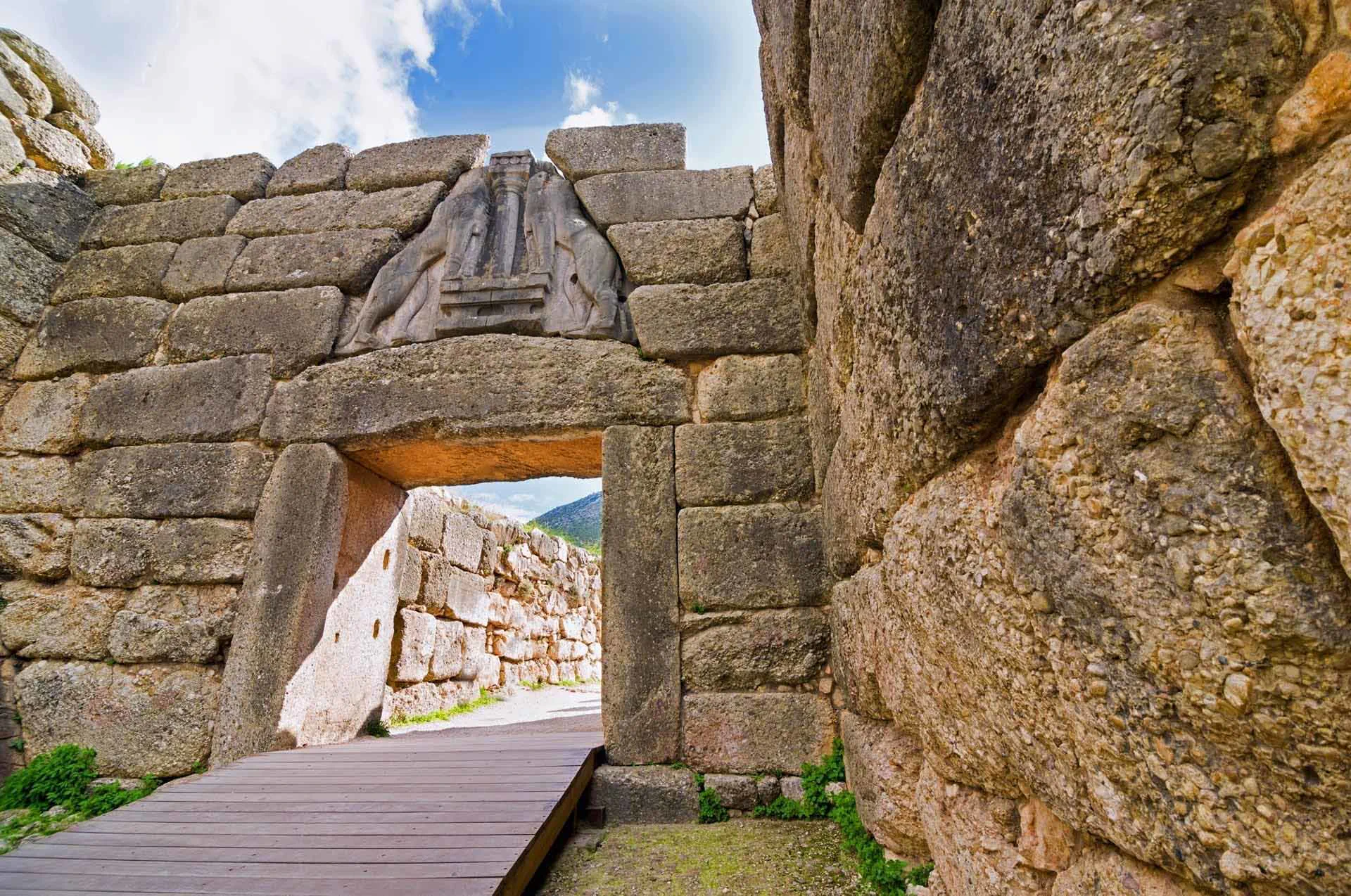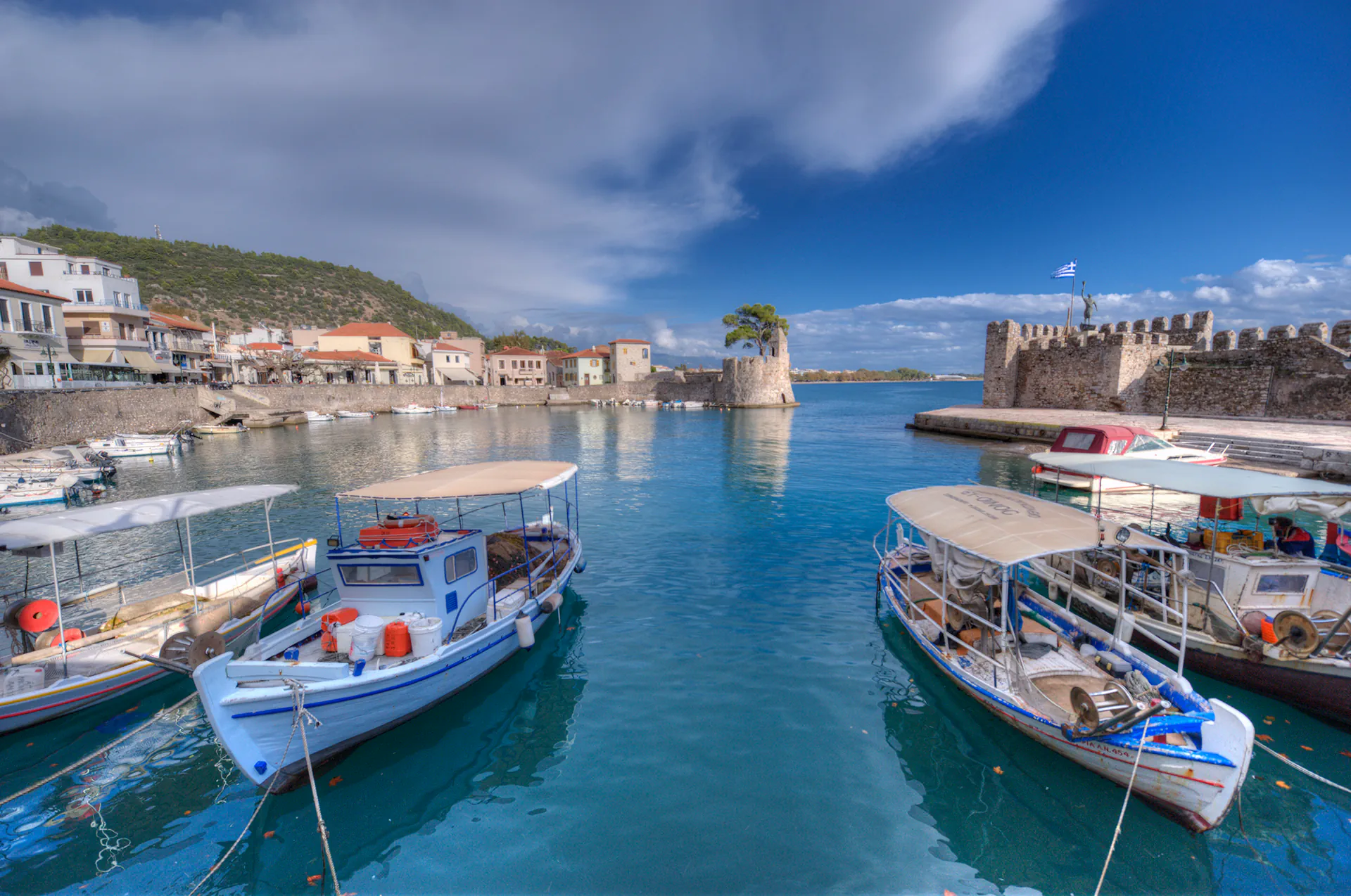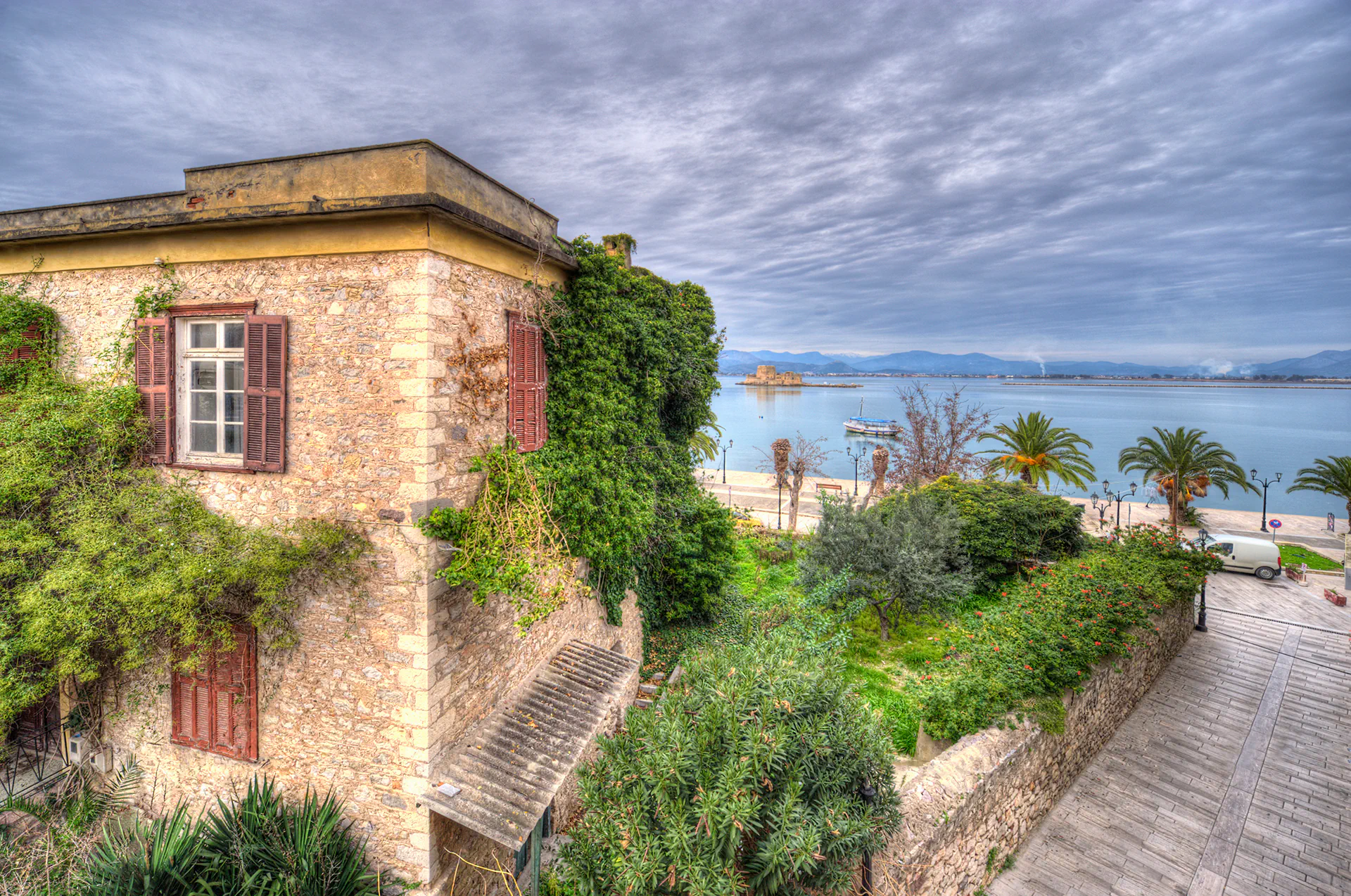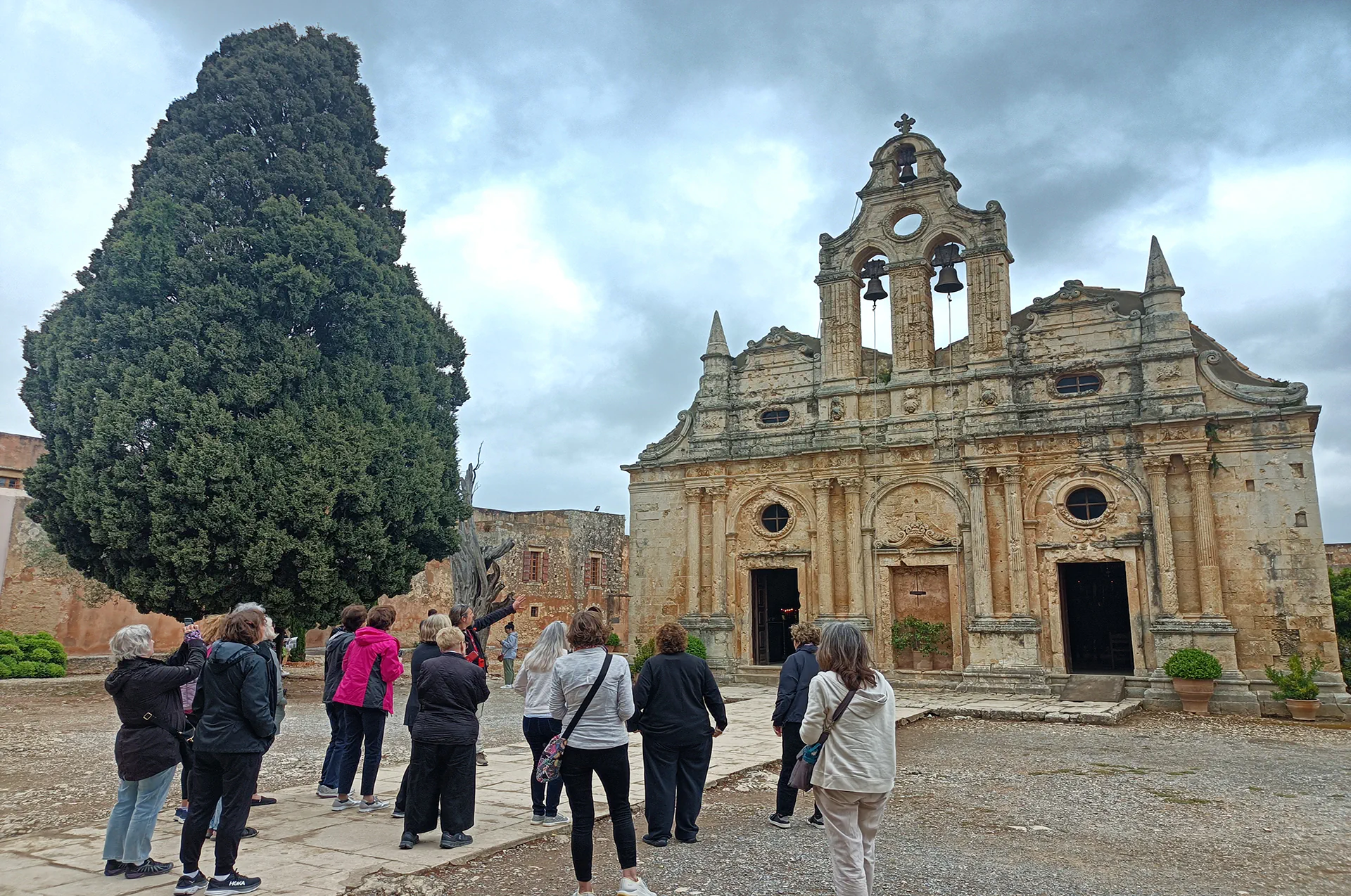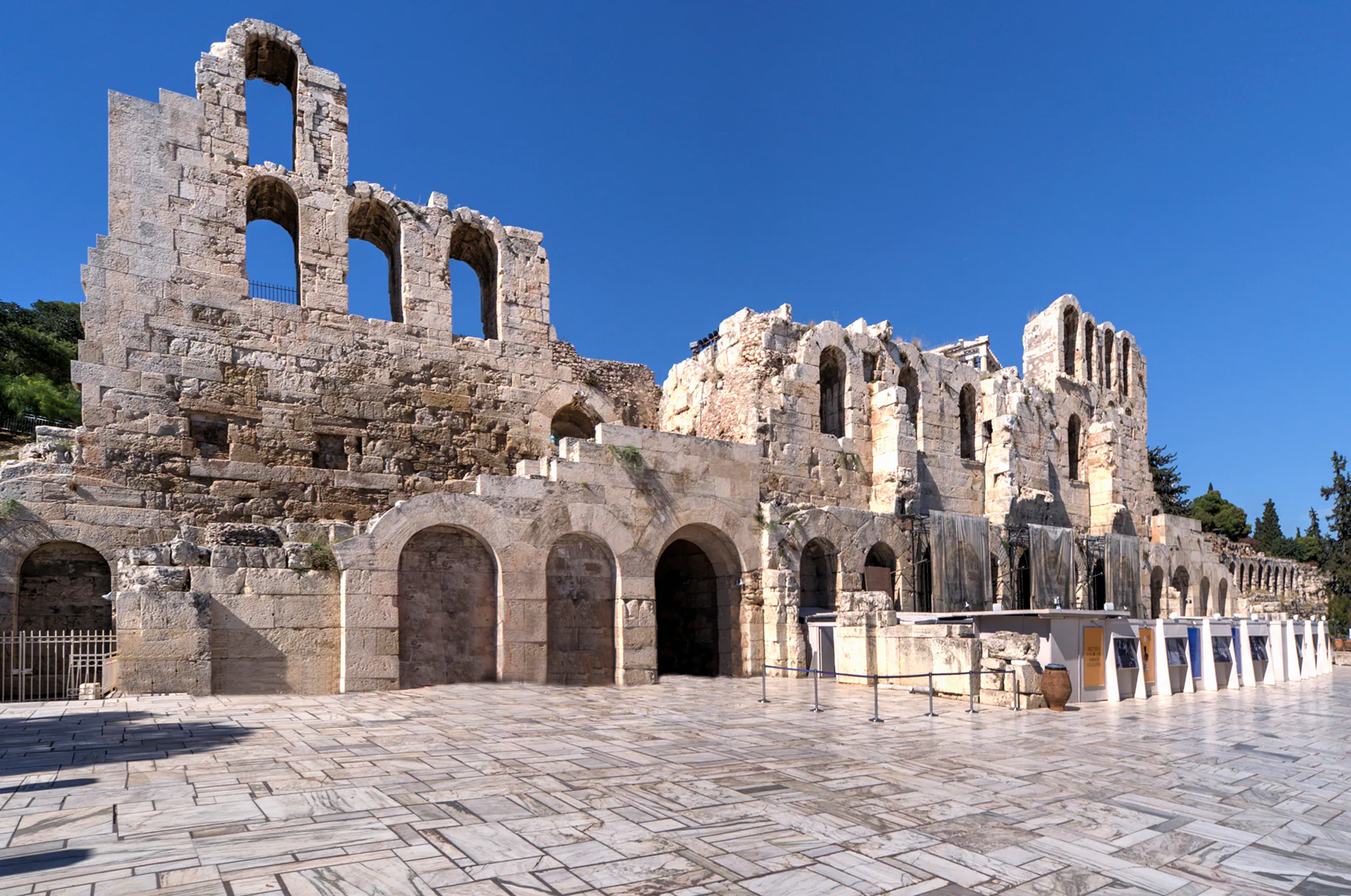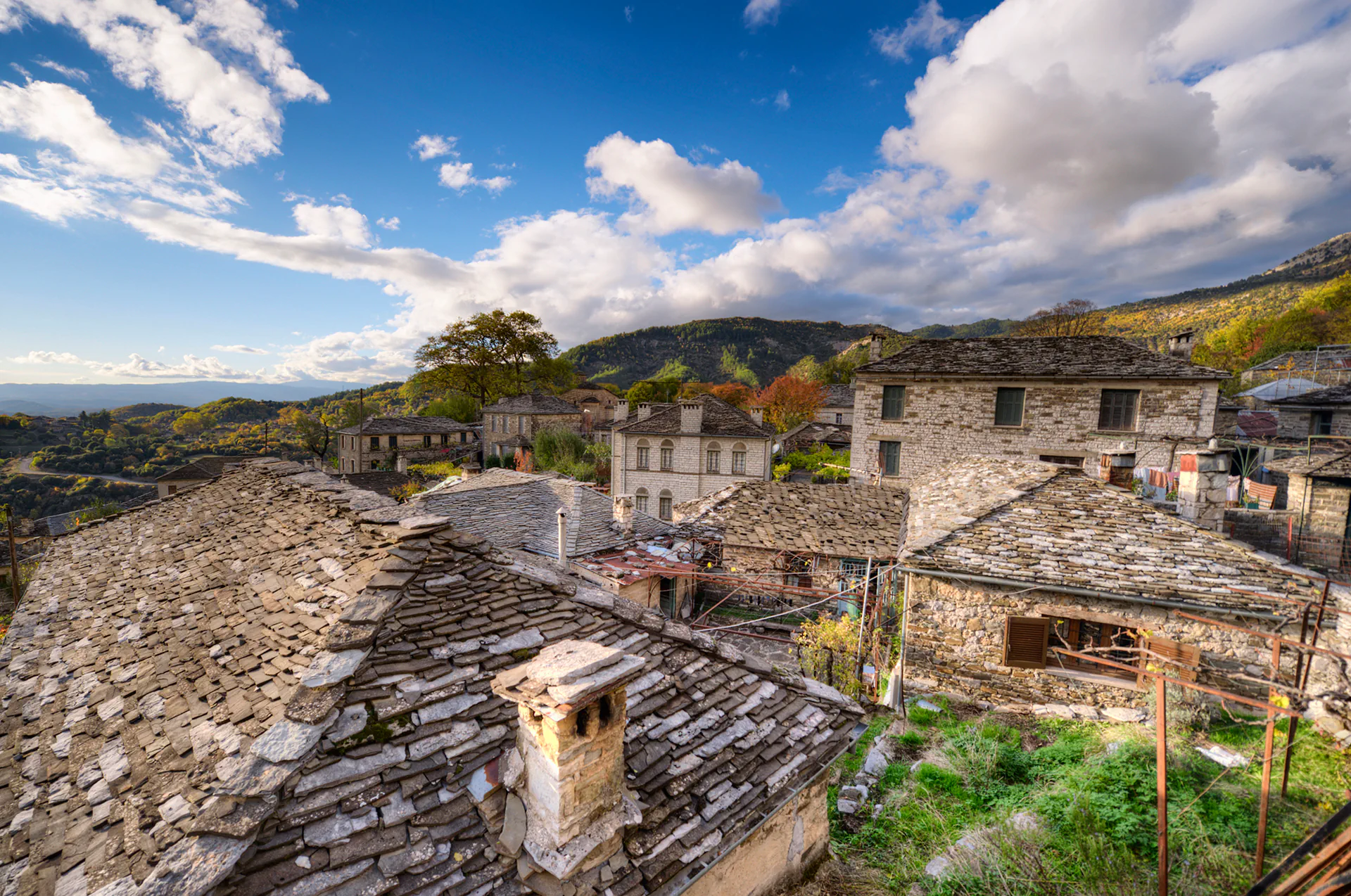Ancient Nemea: Discover the Legendary Site of Hercules' First Labor, Explore Historic Ruins, and Walk the Grounds of the Ancient Stadium and Temple of Zeus
Located in the heart of the Greek countryside, Ancient Nemea is a must-see destination for history enthusiasts, mythology fans, and travelers seeking a connection to ancient Greece. Known as the site of one of Hercules’ Twelve Labors, Nemea is rich in myth, culture, and archaeological wonders. Ancient Nemea is not just a historical site—it’s a journey through Greek mythology and ancient athletic traditions. Whether you’re a history buff, a lover of mythology, or simply someone wanting to experience the birthplace of the Nemean Games, Nemea offers a unique and enriching experience. Don’t miss the chance to explore this iconic site and immerse yourself in the legacy of Hercules and ancient Greece.
What is Ancient Nemea?
Ancient Nemea was a prominent sanctuary dedicated to Zeus in the northeastern part of the Peloponnese. In addition to its religious significance, Nemea was also the site of the Nemean Games, one of the four Panhellenic Games in ancient Greece. These games were held in honor of Zeus, much like the Olympic Games in Olympia.
The Myth of Hercules and the Nemean Lion
According to Greek mythology, the Nemean Lion was a fearsome creature that terrorized the region. As part of his Twelve Labors, Hercules was tasked with slaying the Nemean Lion. The lion’s skin was impervious to weapons, so Hercules strangled it with his bare hands. He later wore its impenetrable hide as a cloak, symbolizing his strength and heroism.
Key Monuments of Ancient Nemea
The Temple of Zeus:
The Temple of Zeus at Nemea is one of the best-preserved Doric temples in Greece. Built in the 4th century BCE, this temple was dedicated to Zeus, the king of the gods. Although it is no longer standing in its entirety, the remains of the temple’s columns and the altar provide a glimpse into its former grandeur.
The Nemean Stadium:
Dating back to the 5th century BCE, the Nemean Stadium is a remarkable site where the ancient Nemean Games were held. It is one of the most significant athletic venues of the ancient world. The stadium has been partially restored, allowing visitors to imagine the excitement of the ancient competitions.
The Archaeological Museum of Nemea:
The Archaeological Museum of Nemea showcases a wealth of artifacts from the ancient site, including statues, pottery, and inscriptions. The museum is an essential stop for those interested in the historical and cultural significance of Nemea.
Why Visit Ancient Nemea?
Walk in the footsteps of ancient athletes at the Nemean Stadium.
Discover the mythological history of Hercules and the Nemean Lion.
Explore the well-preserved ruins of the Temple of Zeus.
Learn about the ancient games and their importance in Greek culture.
Visit the Nemea Archaeological Museum to see fascinating artifacts.
Practical Tips for Visiting
Best time to visit: Spring and fall are the ideal seasons for a visit, with mild weather and fewer crowds.
Wear comfortable shoes: The archaeological site involves walking on uneven terrain.
Plan a visit to the museum: The Archaeological Museum of Nemea is close to the site and offers deeper insights into the area’s history.
Combine your visit: Nemea is located near other significant archaeological sites, including Ancient Corinth and Mycenae, making it a great addition to your itinerary.
Visit a Local Winery: Nemea is also renowned for its red wine, especially Agiorgitiko. Many local wineries offer tours and tastings—a great way to unwind after exploring the ruins.




